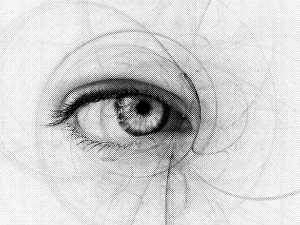 Choosing the right pictures for your website is an art, and it’s one of the more important things you should be considering when starting a website from scratch. Photos that aren’t eye-catching just won’t sell your website correctly, but choosing correct photos will make your website shine. So how do you choose images that not only accurately represent your business, but are copyright-compliant as well? Here are just a few basic tips you might find useful.
Choosing the right pictures for your website is an art, and it’s one of the more important things you should be considering when starting a website from scratch. Photos that aren’t eye-catching just won’t sell your website correctly, but choosing correct photos will make your website shine. So how do you choose images that not only accurately represent your business, but are copyright-compliant as well? Here are just a few basic tips you might find useful.
Know Your Brand
Knowing your brand and knowing your company are two different things. Before you even begin to design a website, figure out what you represent first. What’s your core? What do you want to represent as a business? You want to make sure you get the right point across to your audience, and that point should always be the center of everything you say and post, including your images. Images will be a little easier to find when you know what you’re looking for.
Keep it Simple
Don’t try to use complicated images to get a point across. Simple, sleek images will get the most attention and are easiest on the eyes. Don’t pay a bunch of cash for the “perfect” image, either. There are a number of reasonably-priced images you can purchase, and sometimes they are free (especially if you’re willing to give credit). Don’t just search Google and grab the first image that you see; you may accidentally violate copyright laws, which you need to avoid doing.
Choose the Right Image
This may seem a little self-explanatory, but choosing the right image is often difficult because what is good for our websites isn’t always something we like. Make sure you consider things like purpose, tone, and relevance before you post an image on your website. For example, if your brand is playful, a humorous image isn’t out of place. But if your brand is serious and the post is serious, a picture of a cute puppy probably won’t get the right message across.
There are many beautiful photos on the web, and as long as we consider copyrights, keep it simple, and really think about an image before we use it to represent our companies, we’ll be well on our way to making the right picture choices.

 1-800-800-5500
1-800-800-5500 

